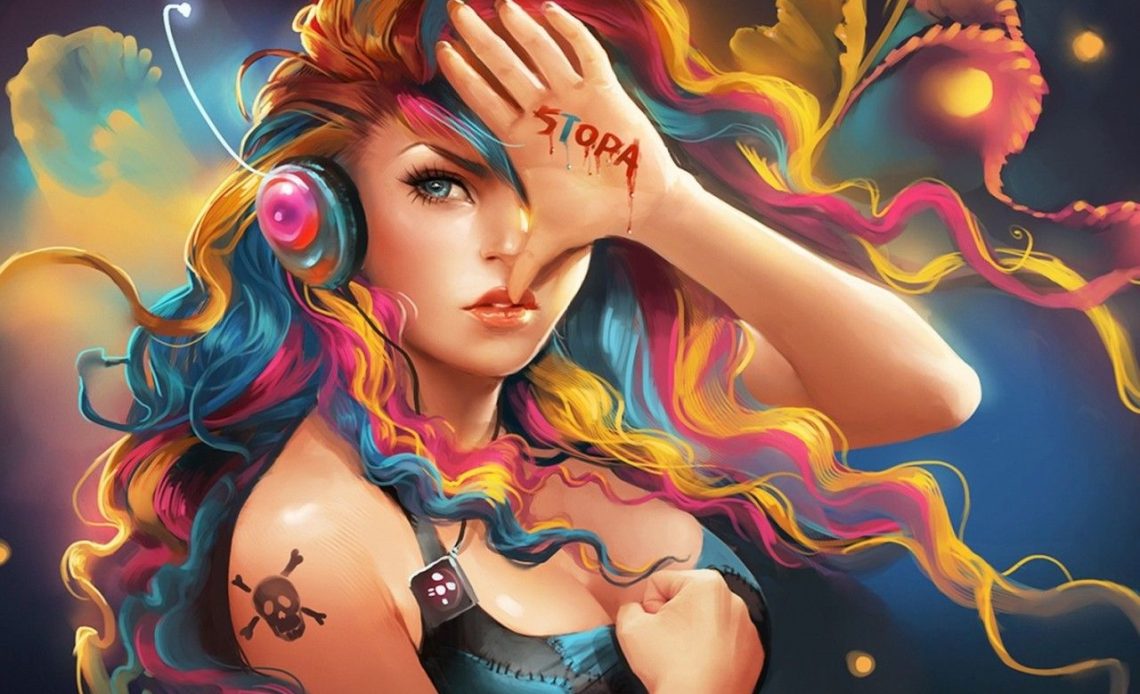In today’s technology-driven world, digital art has emerged as a powerful medium of expression, transforming how we create, view, and interact with art. Whether it’s used for personal expression, marketing, or entertainment, digital art is reshaping the boundaries of creativity. In this article, we’ll explore what digital art is, its types, tools used by artists, and why it’s gaining immense popularity in modern times.
What is Digital Art?
Digital art refers to any artistic work created using digital technology. Unlike traditional art forms such as painting or sculpture, digital art is made with tools like computers, tablets, and smartphones. Artists use software applications such as Adobe Photoshop, Illustrator, Corel Painter, and Procreate to create stunning visuals that rival traditional works in detail and creativity.
Digital art encompasses a wide range of styles and genres, from digital painting and illustration to 3D modeling, animation, and even interactive installations. The flexibility and possibilities offered by digital tools have opened up new avenues for artists of all kinds.
Types of Digital Art
Digital art is not a one-size-fits-all field. It includes a variety of styles and techniques. Here are some of the most popular types:
1. Digital Painting
This involves painting directly onto a digital canvas using styluses and drawing tablets. It mimics traditional painting techniques, such as oil, watercolor, and acrylic.
2. Vector Art
Vector art is created using vector illustration software like Adobe Illustrator. These graphics are scalable without losing quality, making them ideal for logos and branding.
3. 3D Art and Modeling
Used extensively in gaming, movies, and virtual reality, 3D art involves creating lifelike characters and environments using tools like Blender, Maya, and ZBrush.
4. Pixel Art
Popular in retro video games, pixel art involves creating images at the pixel level. Despite its simplicity, pixel art can be highly detailed and artistic.
5. Photomanipulation
This combines photography and digital illustration, often used in advertising and surreal artwork. It involves editing photos in creative ways using tools like Photoshop.
Tools and Software for Creating Digital Art
Thanks to advancements in technology, artists today have access to a wide range of digital art tools. Some popular ones include:
- Adobe Photoshop – A versatile tool for painting, illustration, and photo editing.
- Procreate – A favorite among iPad users for its intuitive interface and realistic brushes.
- Corel Painter – Known for mimicking traditional media with high precision.
- Krita – A free and open-source digital painting software used by both beginners and professionals.
- Blender – A powerful tool for creating 3D models, animations, and even visual effects.
Each tool offers unique features that cater to different artistic styles and preferences.
Why Digital Art is Gaining Popularity
There are several reasons why digital art is gaining popularity among creators and audiences alike:
1. Accessibility
Anyone with a computer or tablet can start creating digital art. Free and low-cost software options make it easy for beginners to enter the field.
2. Flexibility
Digital art allows for unlimited revisions, easy duplication, and quick editing. Artists can experiment without the fear of wasting materials.
3. Eco-Friendly
Since it doesn’t require physical materials like paper, paints, or canvases, digital art is a more environmentally friendly option.
4. Global Exposure
Digital artworks can be shared online instantly, reaching a global audience through platforms like Instagram, DeviantArt, and Behance.
5. Commercial Opportunities
From NFTs to freelance illustration, digital artists now have countless ways to monetize their skills and creativity.
The Future of Digital Art
As technology evolves, so does the landscape of digital art. AI-generated art, augmented reality (AR), and virtual reality (VR) are opening up new possibilities. Artists are collaborating with developers, musicians, and filmmakers to create immersive experiences that push the boundaries of storytelling and design.
Moreover, the rise of blockchain technology has given birth to a new form of digital art known as NFTs (Non-Fungible Tokens), enabling artists to sell their work in decentralized marketplaces while retaining ownership rights.
Conclusion
Digital art is more than just a trend—it’s a creative revolution. With its vast possibilities and easy accessibility, it empowers artists to bring their visions to life in ways that were once unimaginable. Whether you’re a seasoned artist or just starting out, diving into the world of digital art can open up exciting opportunities for creativity and innovation.
So, if you haven’t yet explored digital art, now is the perfect time to start. All you need is the right tool, a bit of imagination, and a passion to create.




